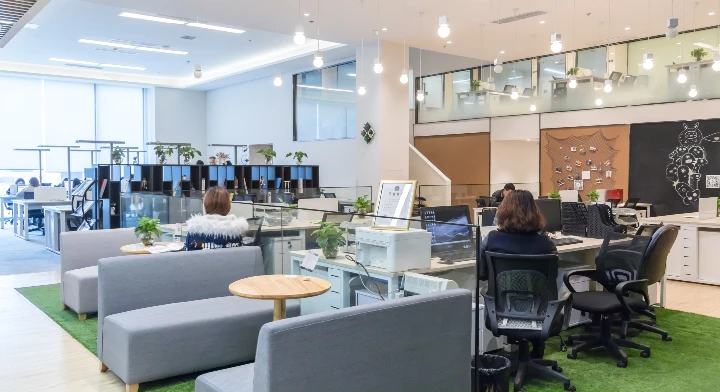
- Afrikaans
- Arabic
- Belarusian
- Bengali
- Czech
- Danish
- Dutch
- English
- Esperanto
- Estonian
- Finnish
- French
- German
- Greek
- Hindi
- Hungarian
- Icelandic
- Indonesian
- irish
- Italian
- Japanese
- kazakh
- Rwandese
- Korean
- Kyrgyz
- Lao
- Latin
- Latvian
- Malay
- Mongolian
- Myanmar
- Norwegian
- Persian
- Polish
- Portuguese
- Romanian
- Russian
- Serbian
- Spanish
- Swedish
- Tagalog
- Tajik
- Thai
- Turkish
- Turkmen
- Ukrainian
- Urdu
- Uighur
- Uzbek
- Vietnamese
Evaluating the Expenses of Switching from Natural Grass to Artificial Turf
Sep . 27, 2024 22:45 Back to list
The Cost of Replacing Grass with Artificial Turf
In recent years, the growing trend of replacing natural grass with artificial turf has sparked discussions among homeowners, municipal planners, and sports facilities. The transition from lush green lawns to synthetic surfaces offers a myriad of benefits, including lower maintenance, water conservation, and year-round usability. However, these advantages come at a cost, prompting many to weigh the financial implications of such a transformation.
Understanding the Initial Investment
The first consideration when replacing natural grass with artificial turf is the initial investment. The cost of artificial turf can vary significantly based on factors such as quality, brand, and installation. On average, homeowners might expect to spend between $5 to $20 per square foot for artificial turf, including materials and labor. This cost encompasses everything from the removal of existing grass to the installation of a proper base, ensuring adequate drainage and longevity of the turf.
For a standard residential lawn of 1,000 square feet, homeowners could be looking at an initial expenditure ranging from $5,000 to $20,000. In larger public areas or sports facilities, the total costs can soar into the hundreds of thousands or even millions, depending on the size and complexity of the project. Cities considering artificial turf for parks or athletic fields often conduct detailed cost-benefit analyses to navigate these financial waters.
Long-Term Savings
While the upfront costs can be daunting, it’s essential to consider the long-term savings that artificial turf offers. Natural grass requires a significant commitment in terms of water, fertilizers, pesticides, and ongoing maintenance. According to some estimates, maintaining a natural lawn costs homeowners about $800 to $1,500 annually, factoring in water bills, lawn care services, and equipment purchases.
In contrast, artificial turf dramatically reduces maintenance expenses. It doesn’t require watering or mowing, and the need for fertilizers and pesticides is virtually eliminated. Over time, this can translate to substantial savings. Many homeowners find that while the initial investment in artificial turf is higher, the reduced maintenance costs enable them to recoup their expenses within a few years.
cost of replacing grass with artificial turf

Environmental Considerations
Another angle to consider is the environmental impact of switching to artificial turf. Natural grass lawns are often lauded for their ecological benefits, including carbon absorption and providing habitat for wildlife. However, the installation of synthetic turf can lead to significant water savings, particularly in regions plagued by drought. By using artificial turf, homeowners and municipalities can conserve a precious resource. In water-scarce areas, such as the southwestern United States, the decision to replace lawns with synthetic alternatives has been seen as a proactive measure against water shortages.
Additionally, many manufacturers are now producing turf made from recycled materials or designed to be recyclable. This innovation has begun to soften the criticism that artificial turf is environmentally damaging. However, the long-term implications of using plastics and other materials still warrant consideration, particularly when it comes to disposal at the end of the turf's lifecycle.
The Aesthetics of Turf
A significant attraction of artificial turf is its aesthetic appeal. Synthetic grass maintains a green, manicured appearance year-round, regardless of weather conditions. For homeowners and businesses, this visual consistency can enhance property value and curb appeal. Moreover, for sports facilities and public parks, having a uniform playing surface year-round ensures playability and safety, which can lead to increased usage and community engagement.
Conclusion
Replacing natural grass with artificial turf represents a significant investment that carries both financial and environmental implications. While the initial costs can be high, the long-term savings in maintenance and water usage often make it a pragmatic choice for many. Ultimately, the decision to switch to artificial turf should consider not only the immediate financial impact but also the long-term benefits and environmental consequences.
As communities and individuals continue to navigate the complexities of water usage, maintenance costs, and environmental sustainability, artificial turf stands out as a compelling alternative. Future discussions will likely pave the way for advancements in materials and sustainability practices, ensuring that this trend meets the evolving needs of both homeowners and the planet.
-
The Benefits of Artificial Turf for Indoors
NewsJul.15,2025
-
How Artificial Grass Suppliers Ensure Quality Products
NewsJul.15,2025
-
Artificial Grass and Pets: A Space for Relaxation
NewsJul.08,2025
-
Balcony & Outdoor Decoration with Artificial Grass
NewsJul.08,2025
-
Best Indoor Artificial Grass for Home
NewsJul.07,2025
-
Best Pet Turf for Dogs: Safe & Durable Artificial Grass Options
NewsJul.07,2025
Products categories









